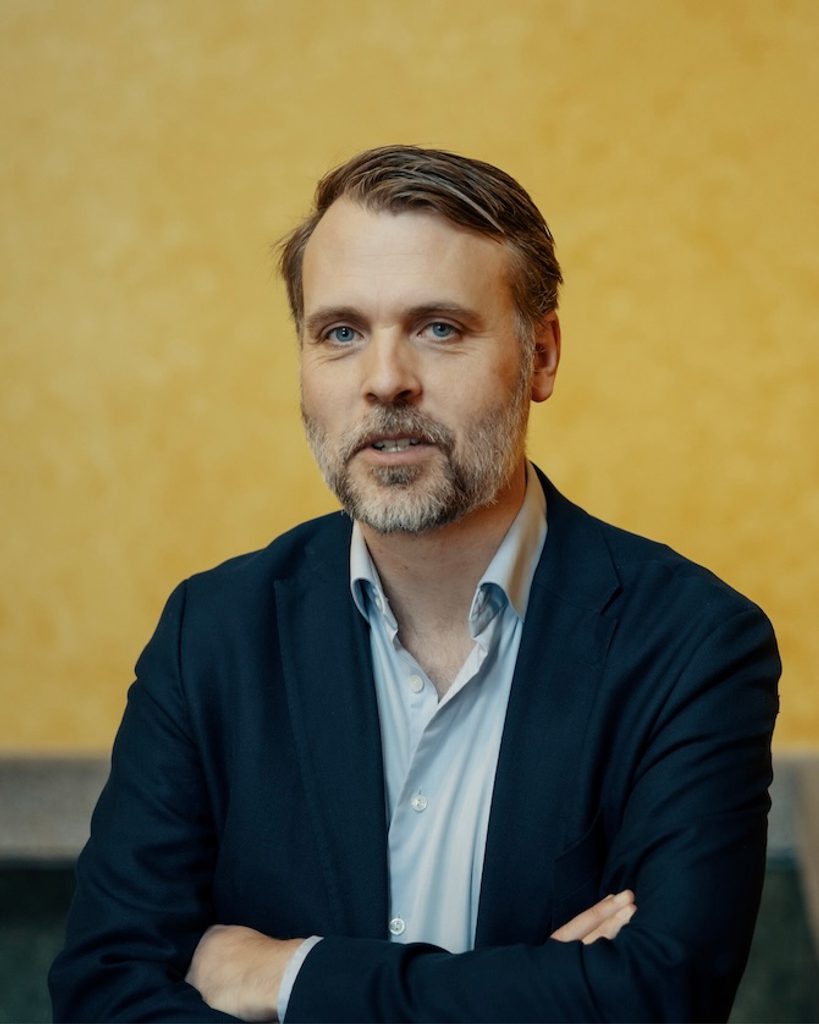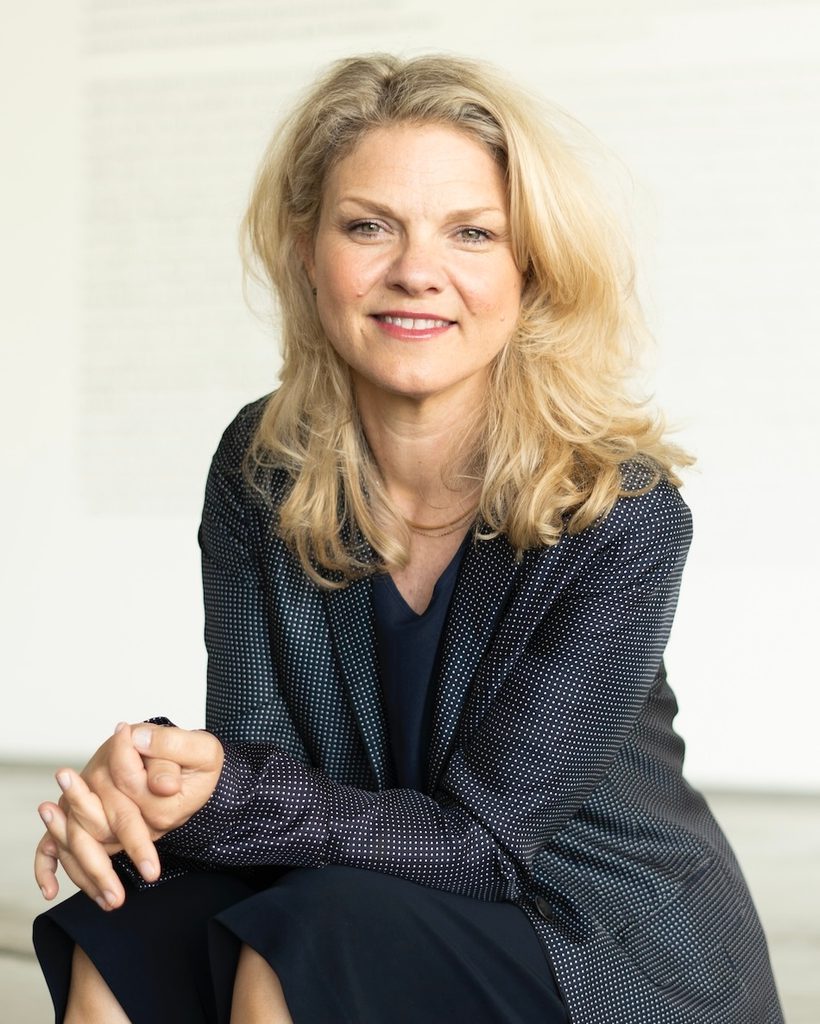Kunsthallene i Norge: Seminar 2025

How can art institutions remain relevant in a time of intensified public debate and tighter structural conditions? What are the consequences of demands for funding and legitimacy for the role of art in society? Kunsthallene i Norge invite you to a day of keynotes, panel discussions, and conversations about the significance of art, the future of institutions, and the possibilities that arise at the intersection of art, politics, and the public.
The event is free and open to everyone, but registration is required. Link to registration here.
*Please note that the seminar will be conducted in Norwegian
PROGRAM
10.00: Coffee and registration
10.30: Keynotespeaker: Eli Okkenhaug
Eli Okkenhaug is an art historian and curator for the newly established Livsløpsprogrammet at Kode Kunstmuseer og komponisthjem. The program focuses on current social perspectives through art and explores the stories and taboos that shape human transitions through life. Its aim is to convey art across different stages of life and to foster greater intergenerational dialogue. Okkenhaug has over 25 years of experience as a curator of contemporary art at Kode.
11.00: Panel 1: Hvem bryr seg? Hvordan forbli relevant som kunstinstitusjon?
In anticipation of a potential culture war, where questions about the role and value of art are increasingly under pressure, we ask whether it is crucial for art institutions to appear relevant to a broader public. But what does the concept of relevance actually entail? Are measurable factors such as audience numbers and media coverage what matter, or is it about the art experience itself – the ability to challenge, move, and perhaps even provoke? And how do different understandings of relevance play out in practice, especially when it comes to continued support from both public and private sectors?
We invite the panel participants to reflect on how relevance can be understood and applied in today’s art field. Is it about reaching as many people as possible, or about creating deeper, though perhaps narrower, encounters between art and audiences? How can institutions balance artistic freedom with society’s demands for accessibility and legitimacy? And not least – what are the consequences of different understandings of relevance for funding, institutional profile, and the role of art in the public sphere?
Through this conversation, we aim to illuminate the tension between the intrinsic value of art and society’s demands for legitimacy, and to create space for both disagreement and new insights.
Participants:
Astrid Fadnes, Artistic Director, Pikene på Broen
Bernhard Ellefsen, Culture Editor, Morgenbladet
Steffen Håndlykken, Curator, Haugar Art Museum, and Chair of the Visual Arts Committee at the Arts Council Norway
Moderator: Gjertrud Steinsvåg, Director, ROM for Art and Architecture
12.00: Lunch and mingling

Eli Okkenhaug

Bernhard Ellefsen. Photo: Agnete Brun
12.40: Keynote speaker: Ingrid Handeland
What connections exist between people’s political affiliations and their interest in art? Ingrid E. Handeland, director at Norsk publikumsutvikling, presents findings from the national population survey NPU Monitor on interest in and engagement with art exhibitions. She highlights differences across gender and age groups, urban and rural populations, education and income levels – and, not least, political affiliation. Finally, she takes a closer look at how audience engagement with art correlates with both party preference and willingness to maintain public funding for art and culture.
13.00: Panel 2: There’s no such thing as a free lunch – or is there?
Mid-sized art institutions are severely underfunded. For many, operations cannot be sustained by state funding alone. At the same time, these institutions have been placed under a new budget category in the national budget, where increases are nearly impossible to obtain. The message seems clear: lobbying and private funding are becoming necessary to strengthen financial stability.
Foundations and private funds often seek innovation and, in many cases, set conditions for their funding priorities. This means that operational funding still largely depends on state sources. What do increased sponsorships and private funding mean for art institutions today? How can the principle of arm’s length distance be upheld when engaging with private actors? And do private foundations risk assuming a curatorial role through more instrumental funding schemes?
We also wish to discuss how politicians can be engaged in the relevance of contemporary art, and whether the cultural sector needs new strategies to build political support. Is the solution more professionalized lobbying? Or are there alternative ways to foster understanding of the societal role of art institutions?
In this panel, we aim to highlight different experiences and perspectives. What opportunities and challenges do you see in the rise of private funding? What is needed to ensure sustainable frameworks for mid-sized institutions? Where is the line between economic necessity and artistic integrity? And most importantly: who bears the responsibility for ensuring that art remains a free and independent voice in society?
Participants:
Arne Vestbø, Managing Director, Bergensstiftelsen
Jonas Ekeberg, Director, Norske Kunstforeninger
Solveig Øvstebø, Director, Astrup Fearnley Museet
Moderator: Cecilie Nissen, Director, Kristiansand Kunsthall
14.30: Thank you for today!
The seminar is supported by Fritt Ord.

Arne Vestbø

Solveig Øvstebø. Photo: Astrup Fearnley Museet
About Kunsthallene i Norge
Kunsthallene i Norge is a nationwide network consisting of 14 professional art institutions, spanning from Kirkenes in the north to Kristiansand in the south. We present, communicate, and contextualize contemporary art at a high professional level and form a central part of the national infrastructure for visual art.
Bomuldsfabriken Kunsthall (Arendal), Fotogalleriet (Oslo), Kristiansand Kunsthall, Kunsthall 3,14 (Bergen), Kunsthall Grenland (Porsgrunn), Kunsthall Oslo, Kunsthall Stavanger, Kunsthall Trondheim, Oslo Kunstforening, ROM for kunst og arkitektur (Oslo), Sandefjord Kunstforening, Terminal B/Pikene på Broen (Kirkenes), Kunsthall Dikemark (Asker), Tromsø Kunstforening.